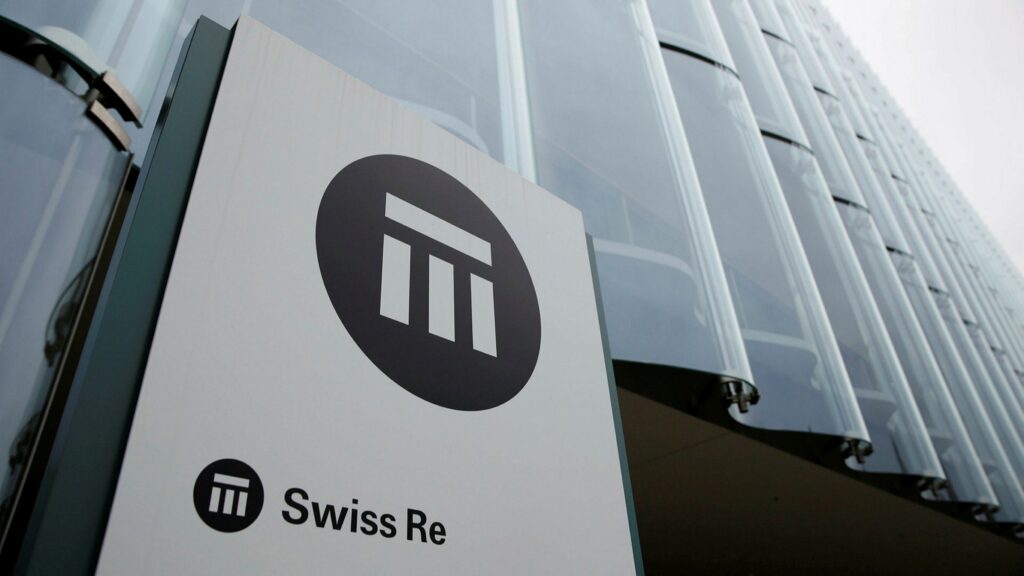The persistently high inflation has led to a prolonged period of higher interest rates, which has significant implications for the insurance sector.
While high interest rates have caused instabilities in the banking sector earlier this year, insurers have remained steady due to their solid capital positions. In fact, the industry is expected to exhibit resilience over the next two years.
According to projections from Swiss Re Institute, global insurance premiums (both non-life and life) will experience real-term growth of 1.1% in 2023 and 1.7% in 2024, following a contraction of 1.1% in 2022. Additionally, premium volumes are set to reach a new peak this year in nominal terms, indicating the beginnings of market growth.
An analysis of nominal premiums reveals that the US remains the largest insurance market globally, with China and the United Kingdom ranking second and third, respectively. However, Canada, India, and notably Brazil have increased their shares of global premiums in the past year. Projections indicate that India will become the sixth-largest market by 2032.
Non-life insurance is expected to be driven by market hardening in both commercial and personal lines. Insurers will raise premium prices to compensate for the rising costs of claims induced by inflation. The motor segment, which has experienced three years of contraction, is anticipated to return to growth. However, a decline in health premiums due to the conclusion of pandemic support policies in the United States may offset gains in other lines.
Jérôme Haegeli, Swiss Re’s Group Chief Economist, stated, “With inflation pressures still persistent, hard market conditions in non-life are set to continue as insurers offset elevated claims costs with higher premium prices. Once disinflation takes hold with prices decreasing, less expensive claims and greater returns from interest-rate-sensitive investments should further support industry profitability.”
In the life insurance sector, rising wages and interest rates in advanced markets are creating favorable conditions for growth and profitability. This includes increased demand for annuities and pension risk transfer products. The reopening of China has also led to the emergence of new life risk pools in Hong Kong. Global savings products premiums are expected to grow, driven by a projected 4.3% gain in emerging markets.
The profit outlook for life insurers appears positive, supported by four key factors: improved investment returns, normalisation of COVID-19-related claims, de-risking of pension and annuity premiums, and the implementation of the IFRS 17 accounting framework this year, leading to stabilisation of earnings volatilities. However, in a low-growth and inflationary environment, credit downgrades and lapses pose potential risks to sector earnings.
As the global economy faces uncertainties in the second half of the year, the insurance industry remains resilient and adaptable, poised to navigate the challenges ahead.
Source: Swiss Re








